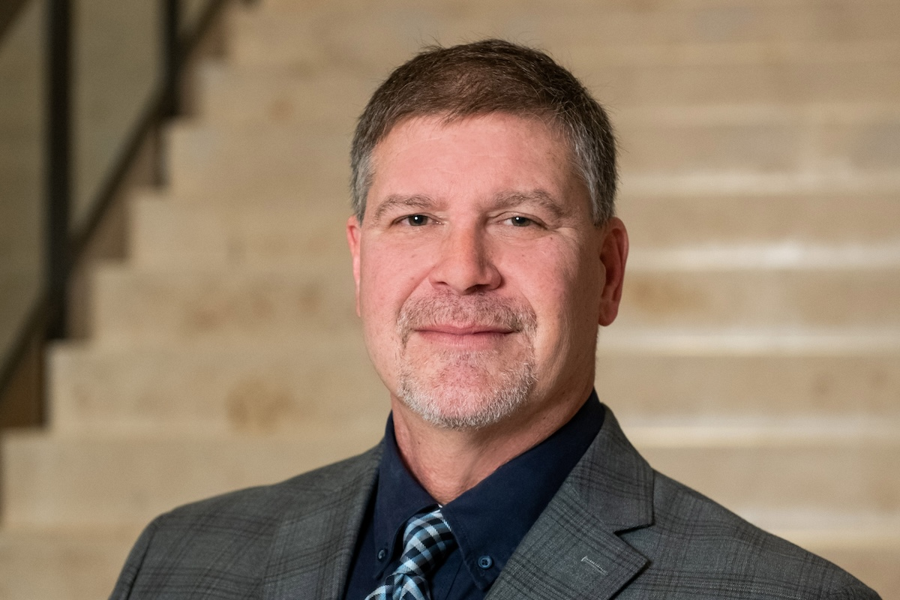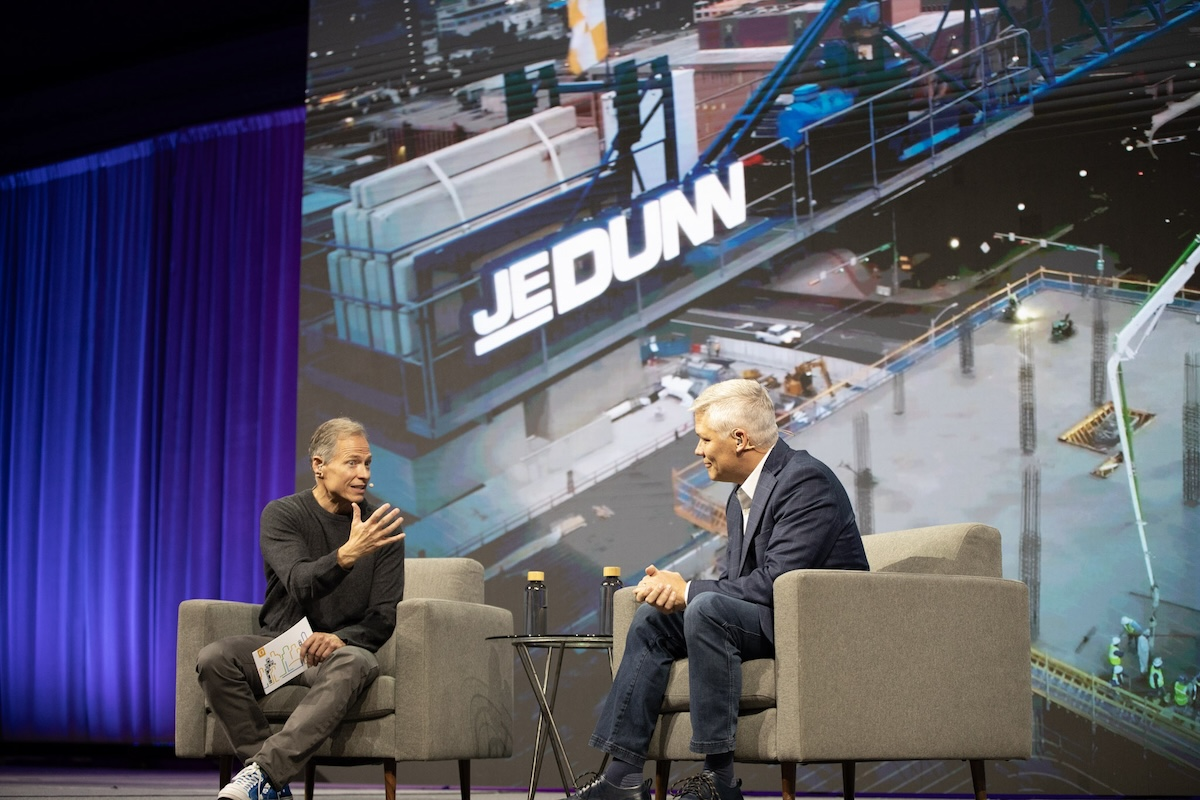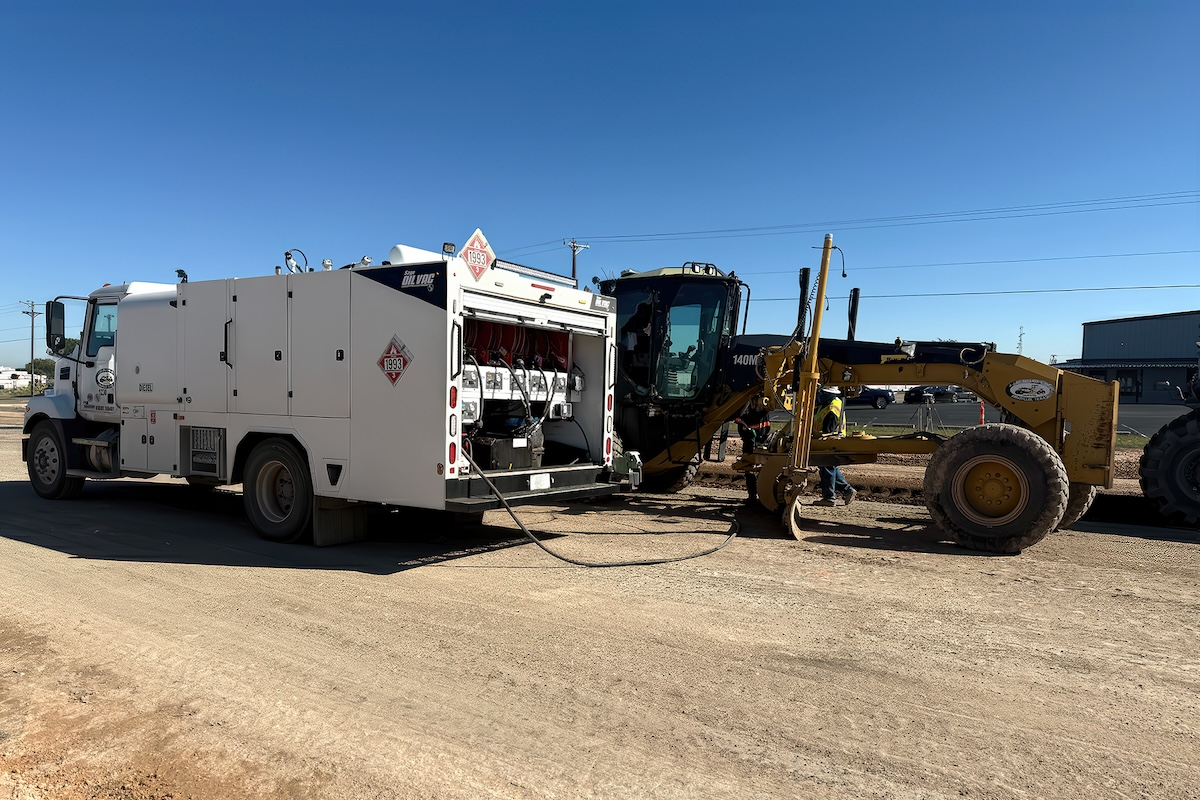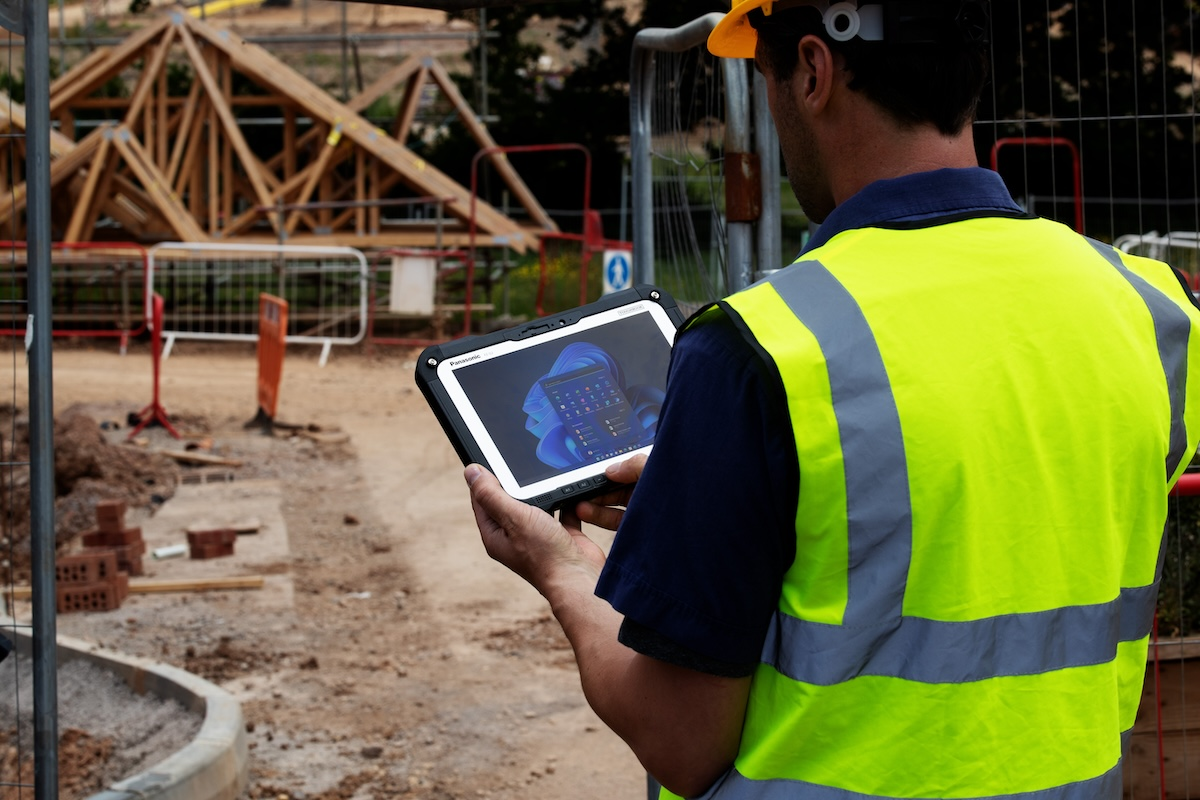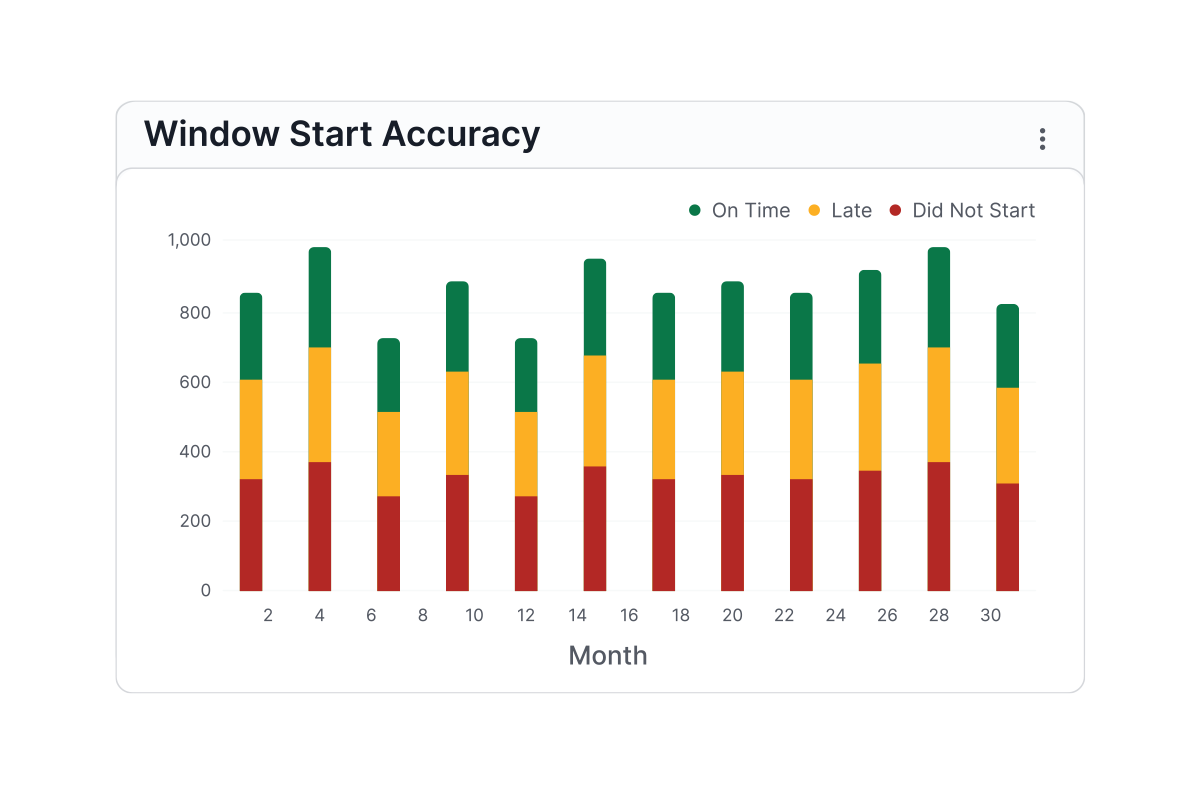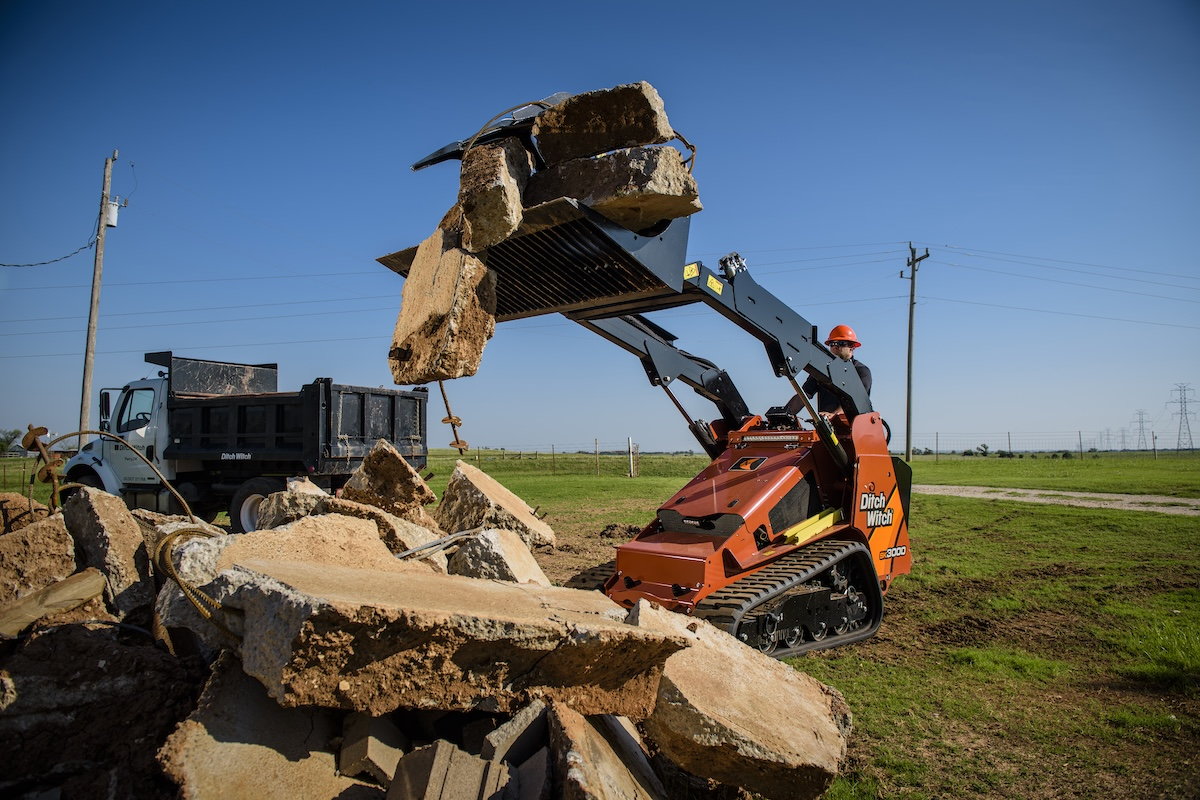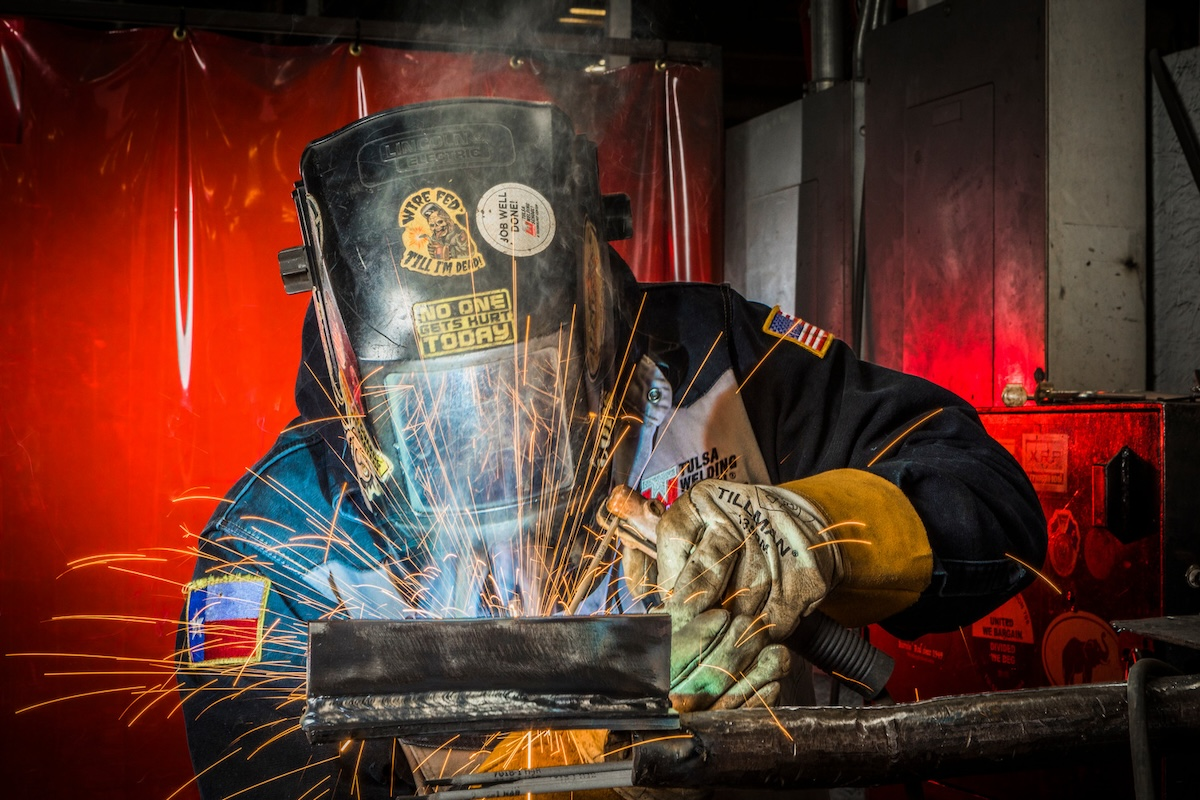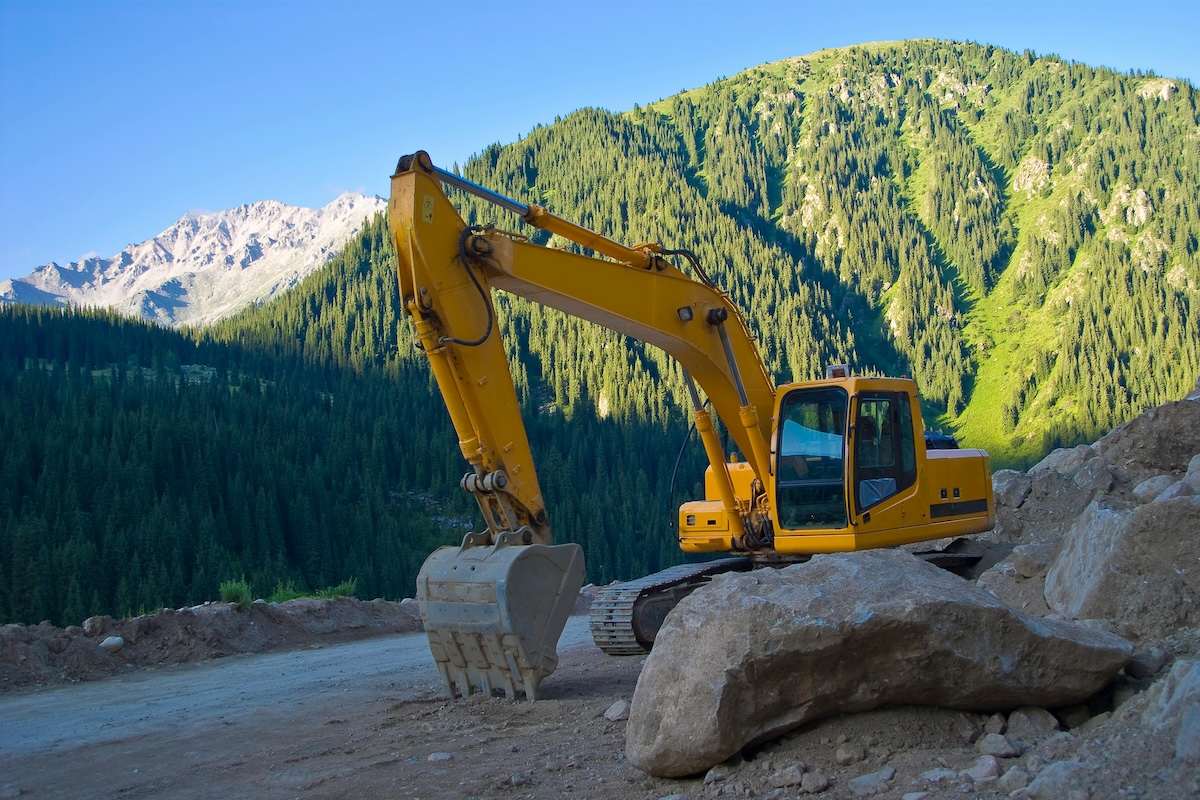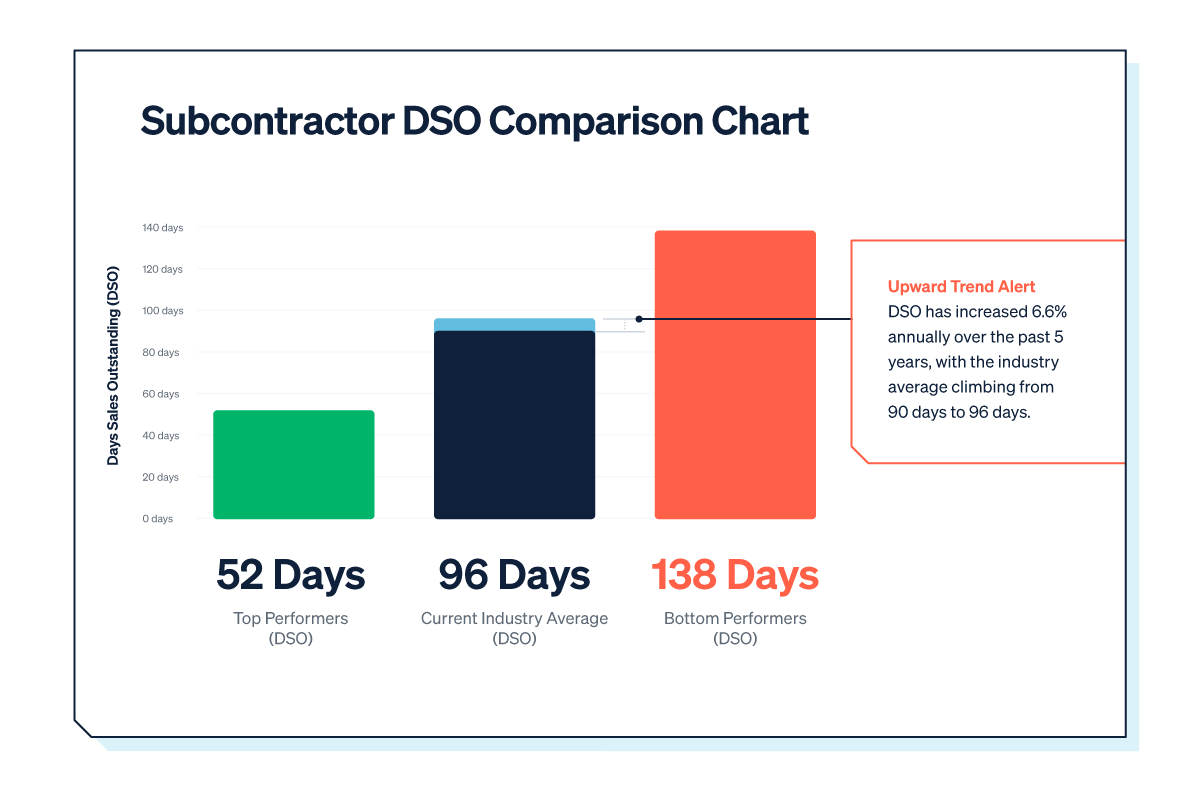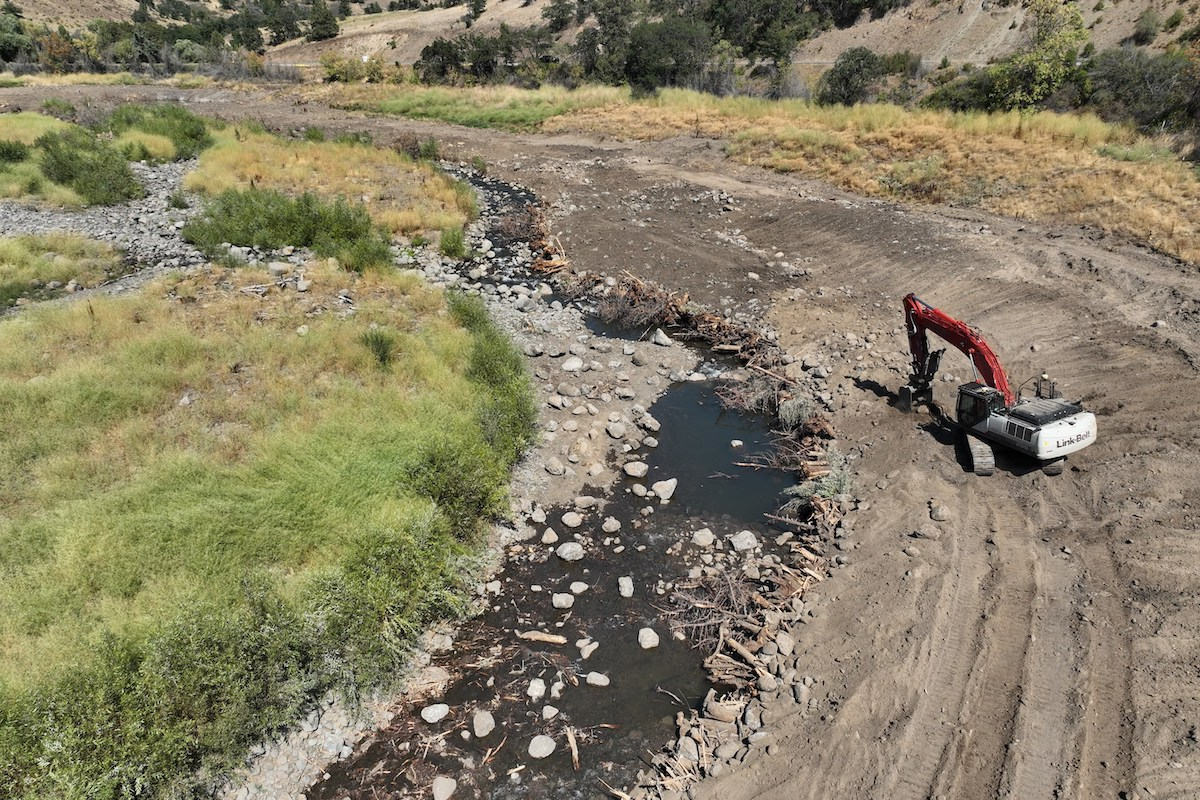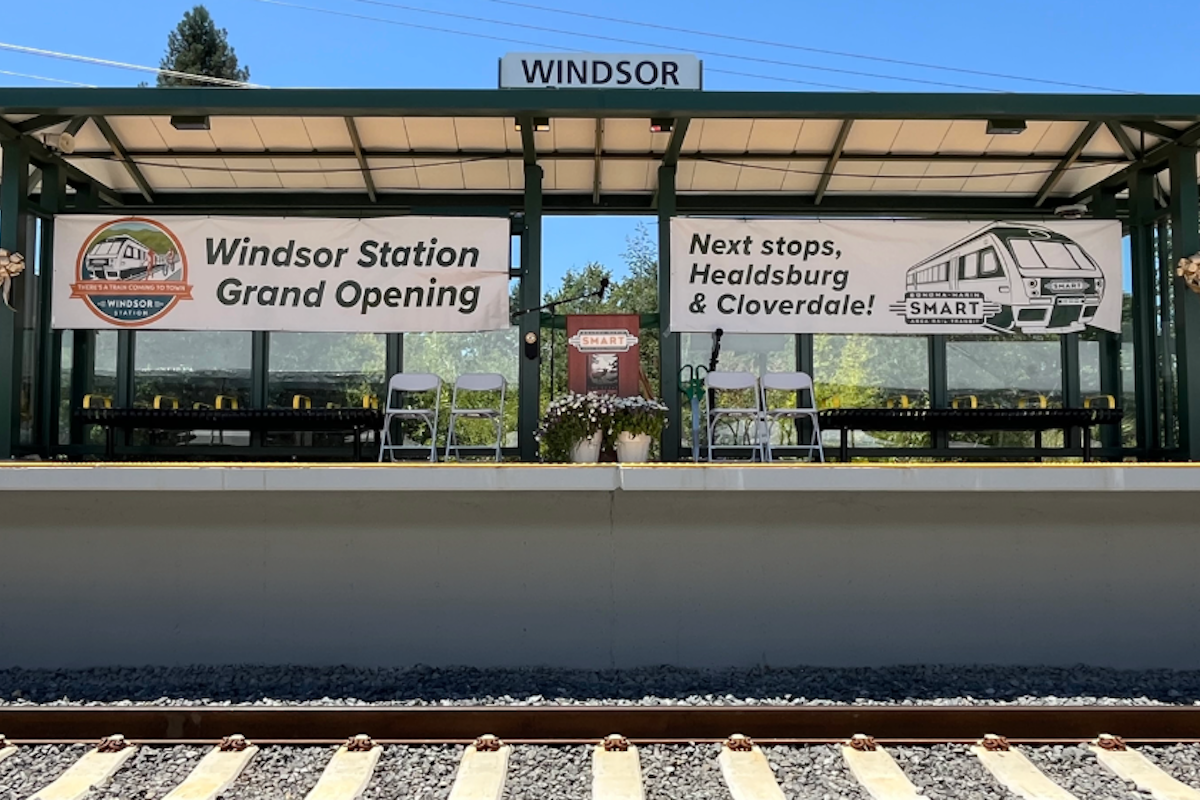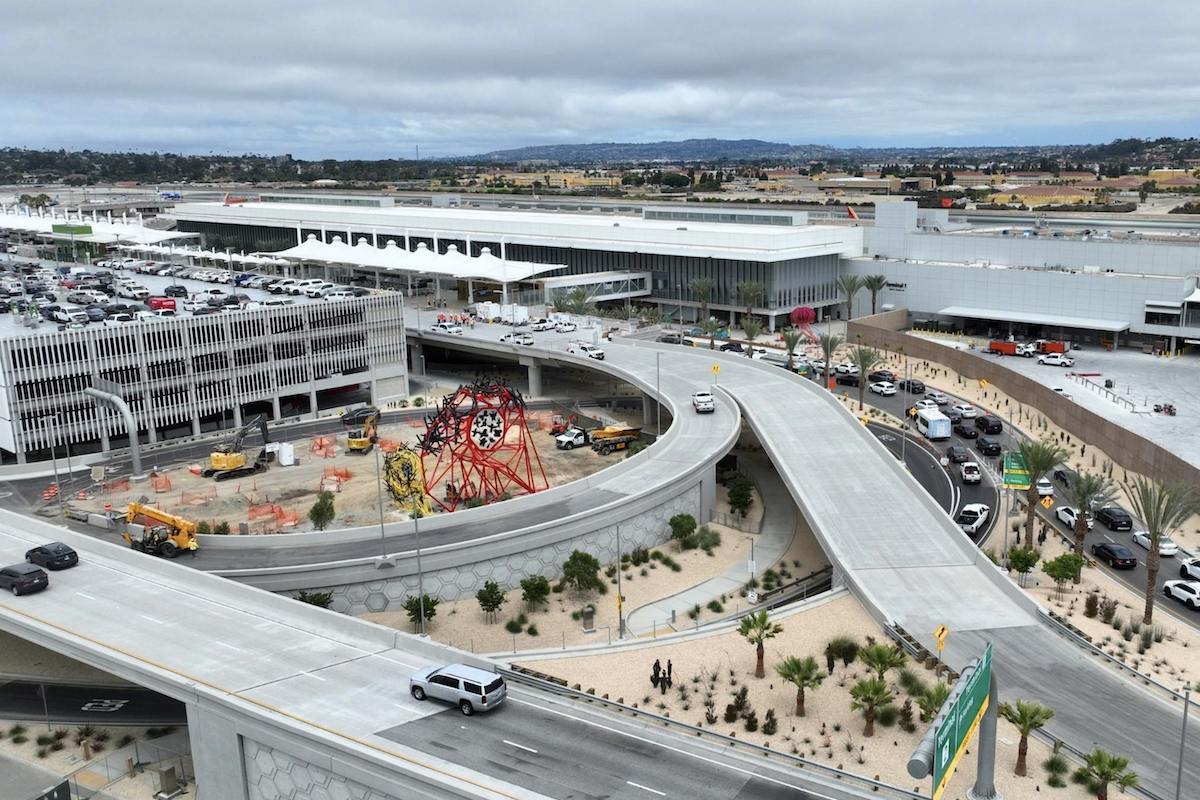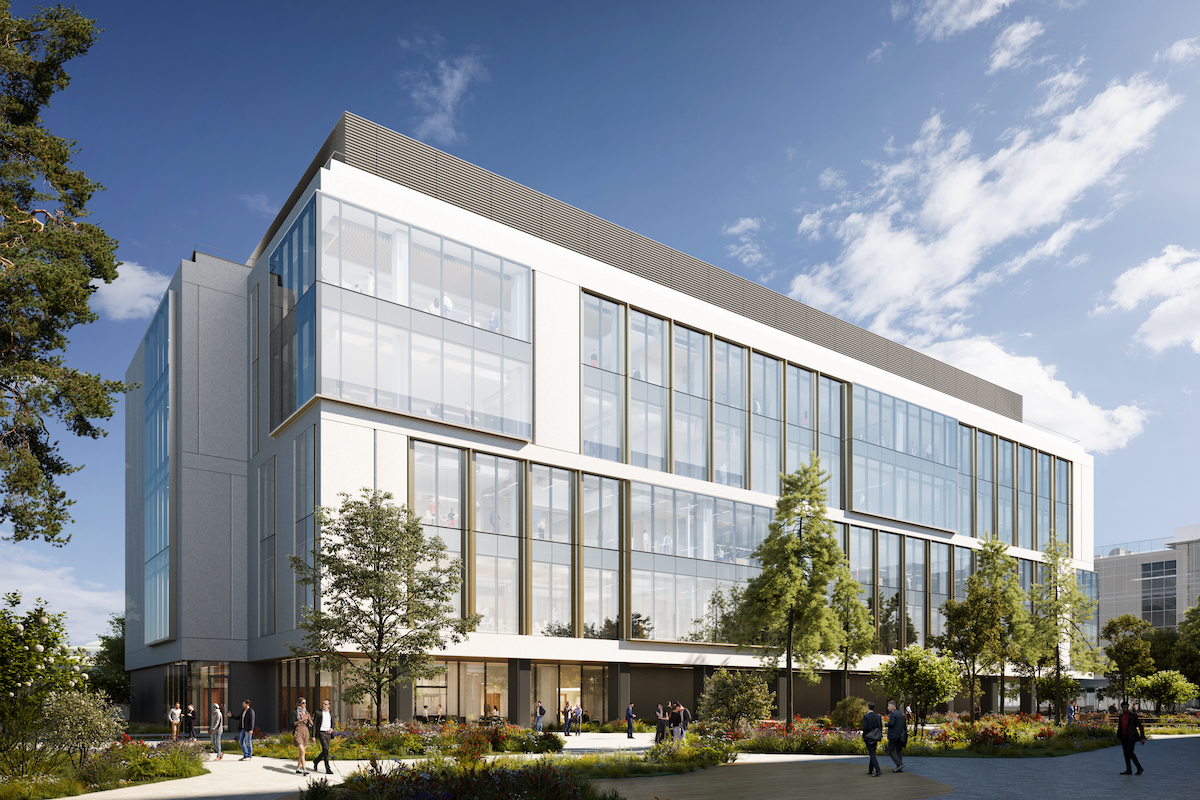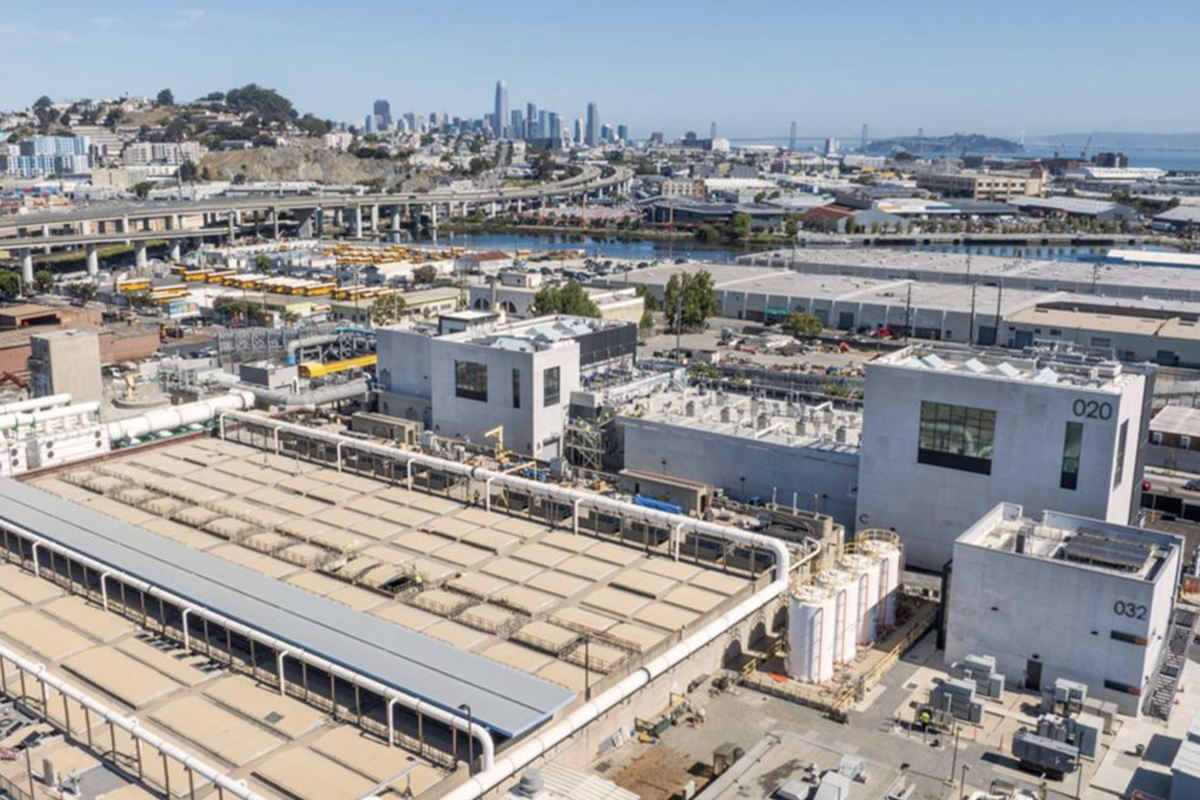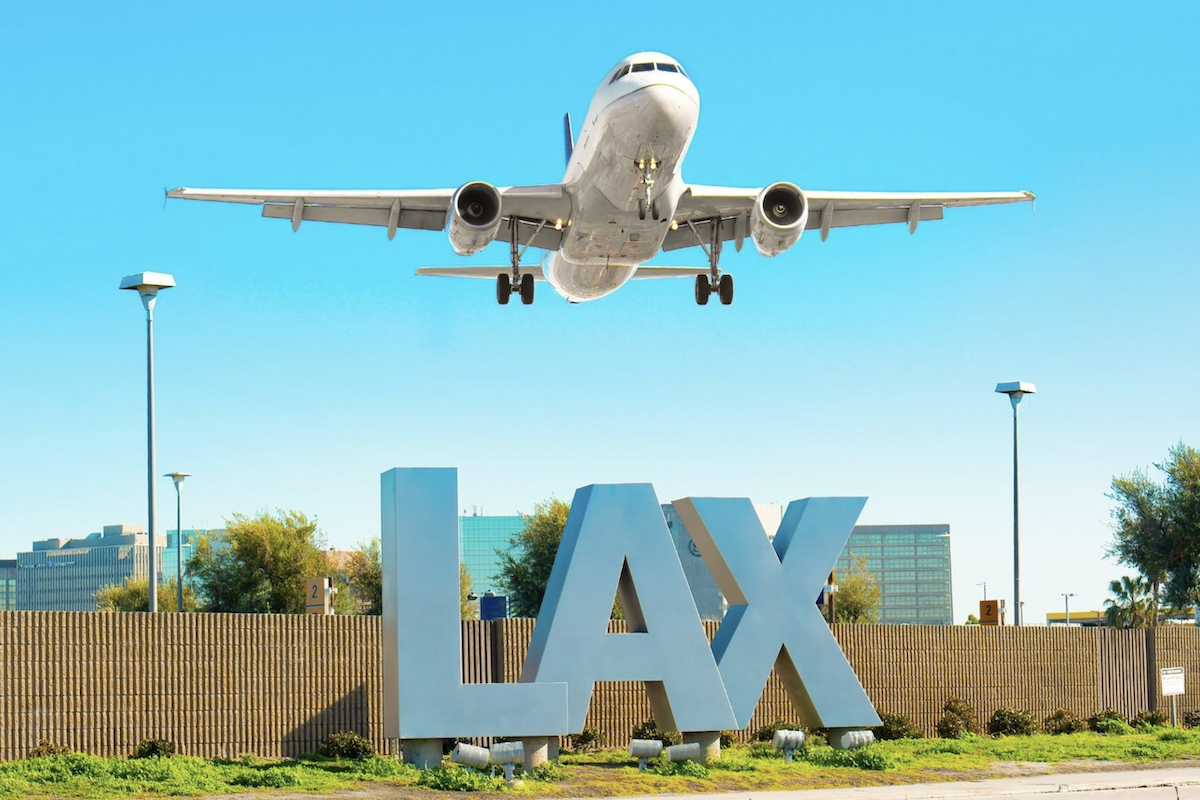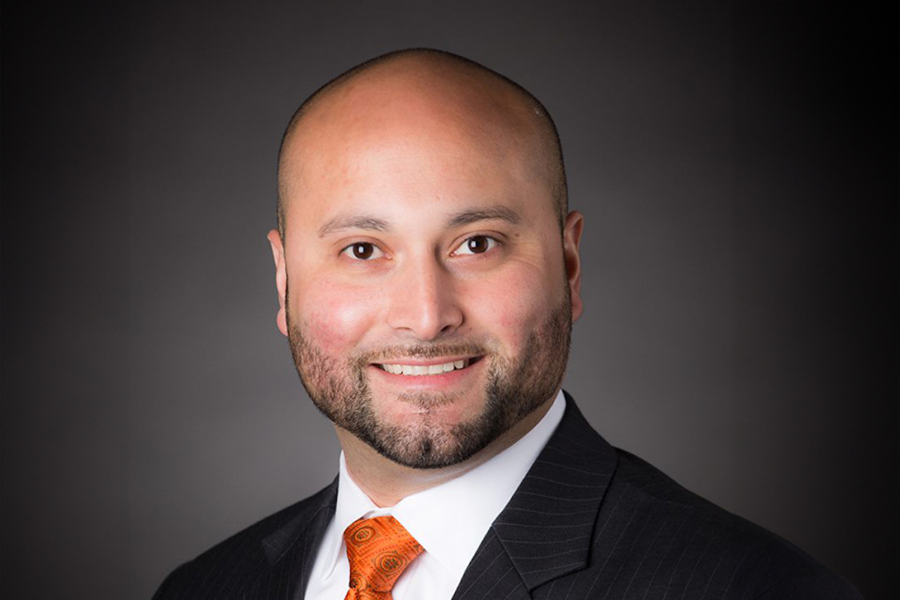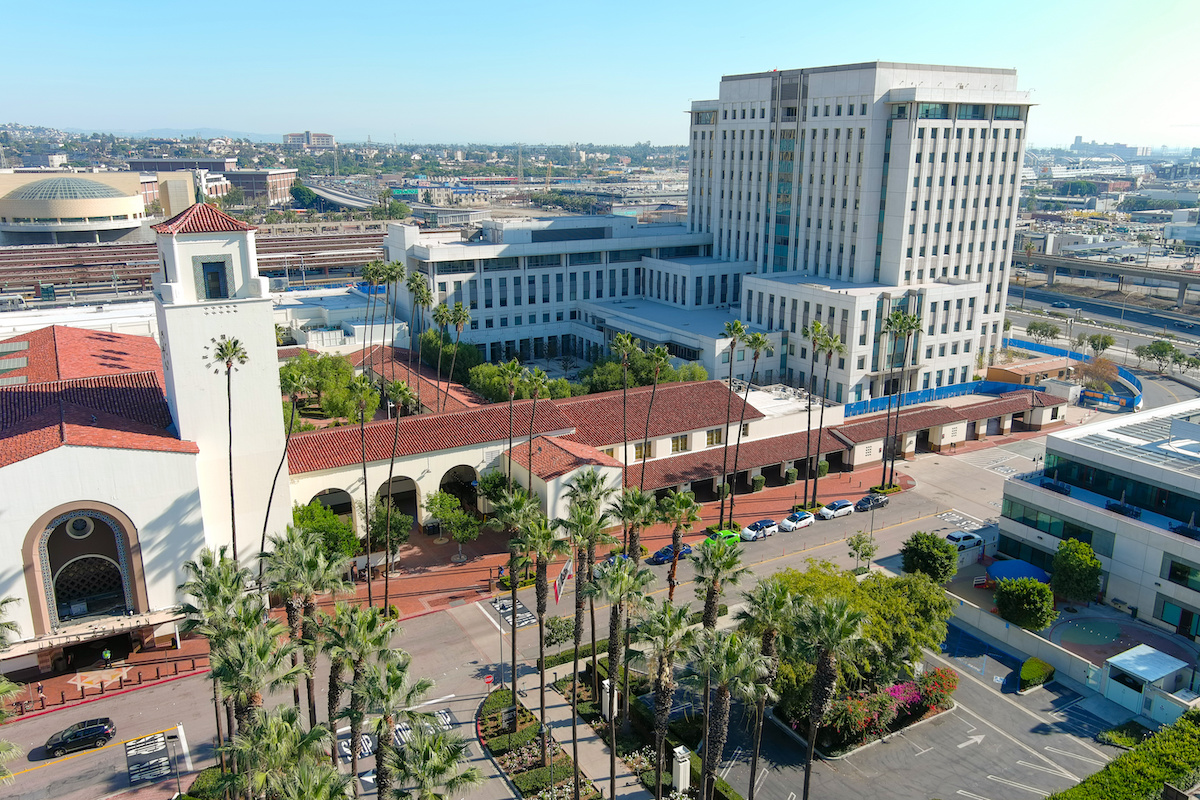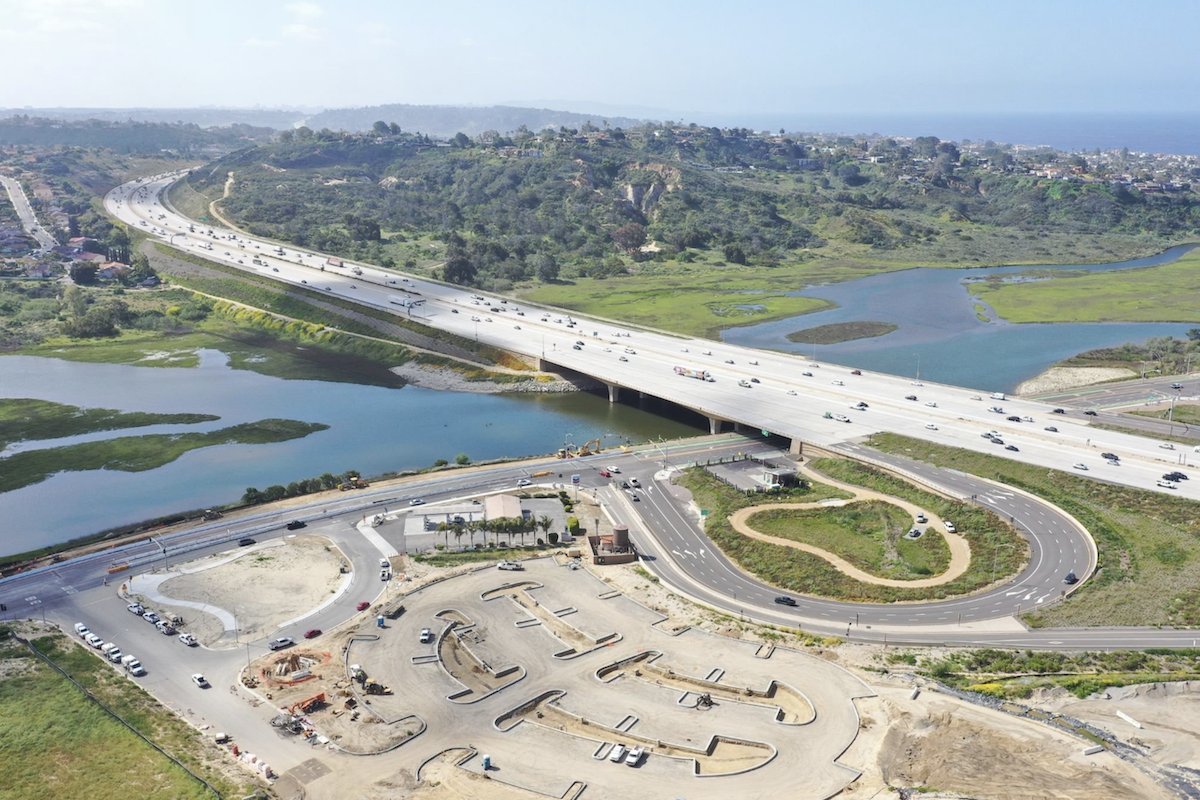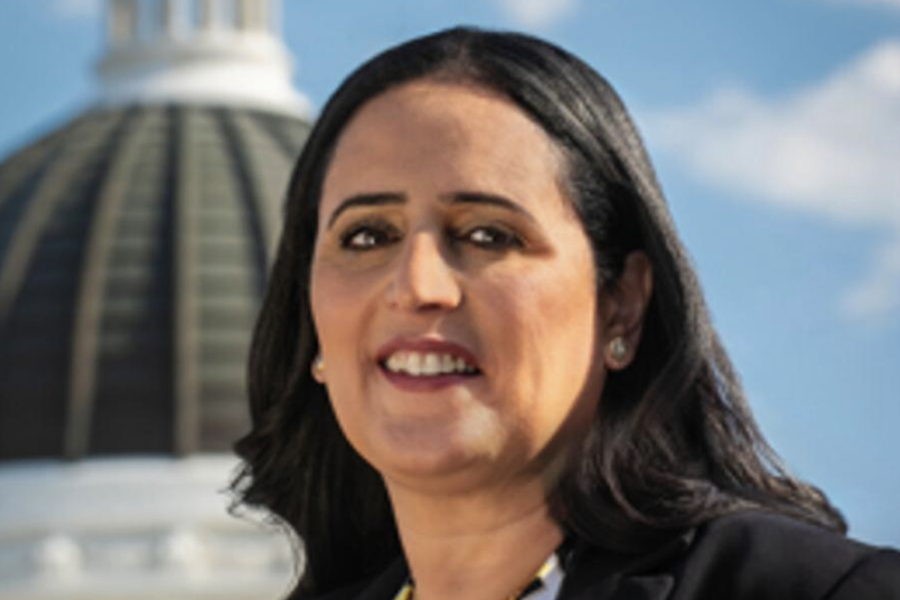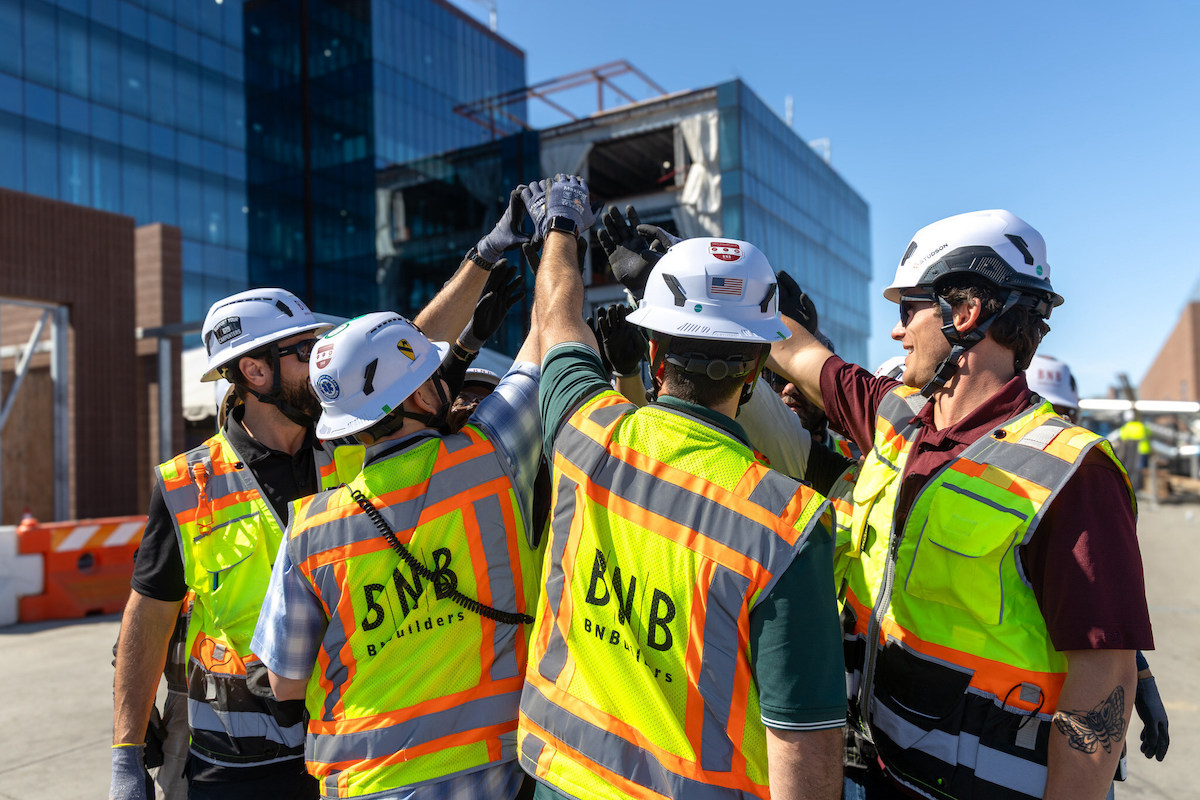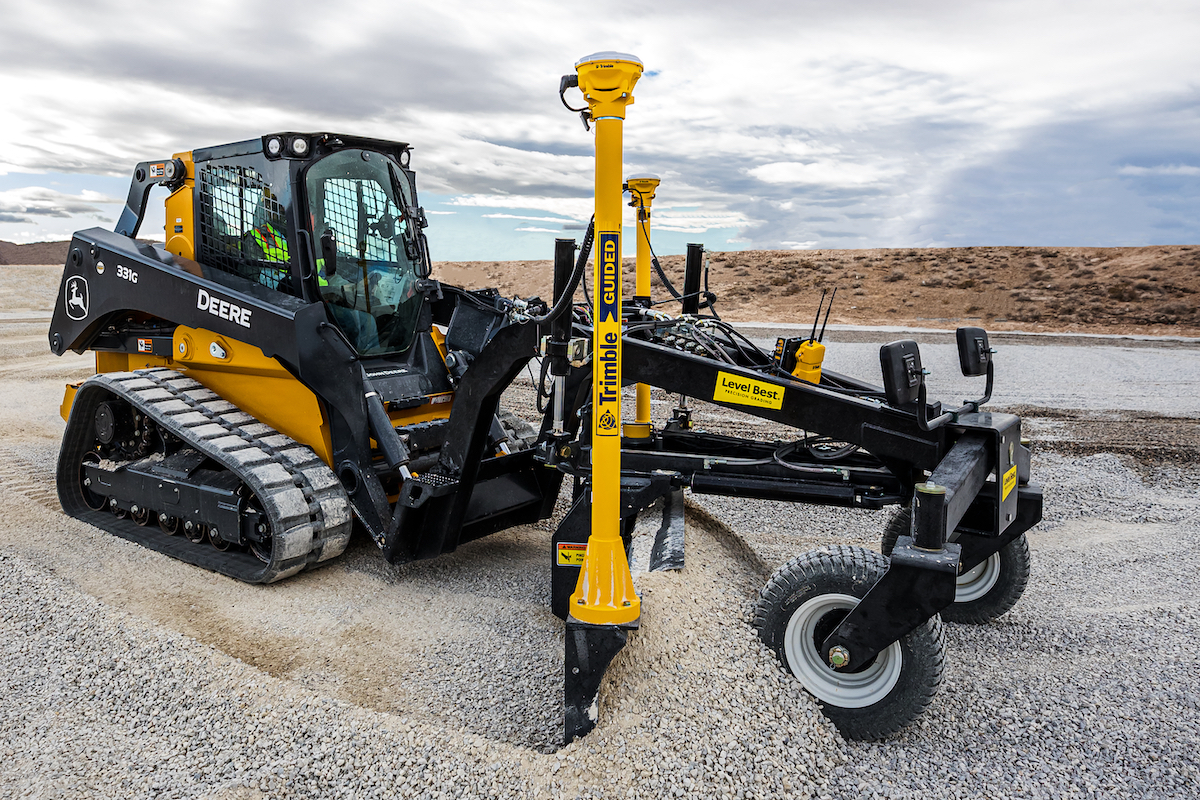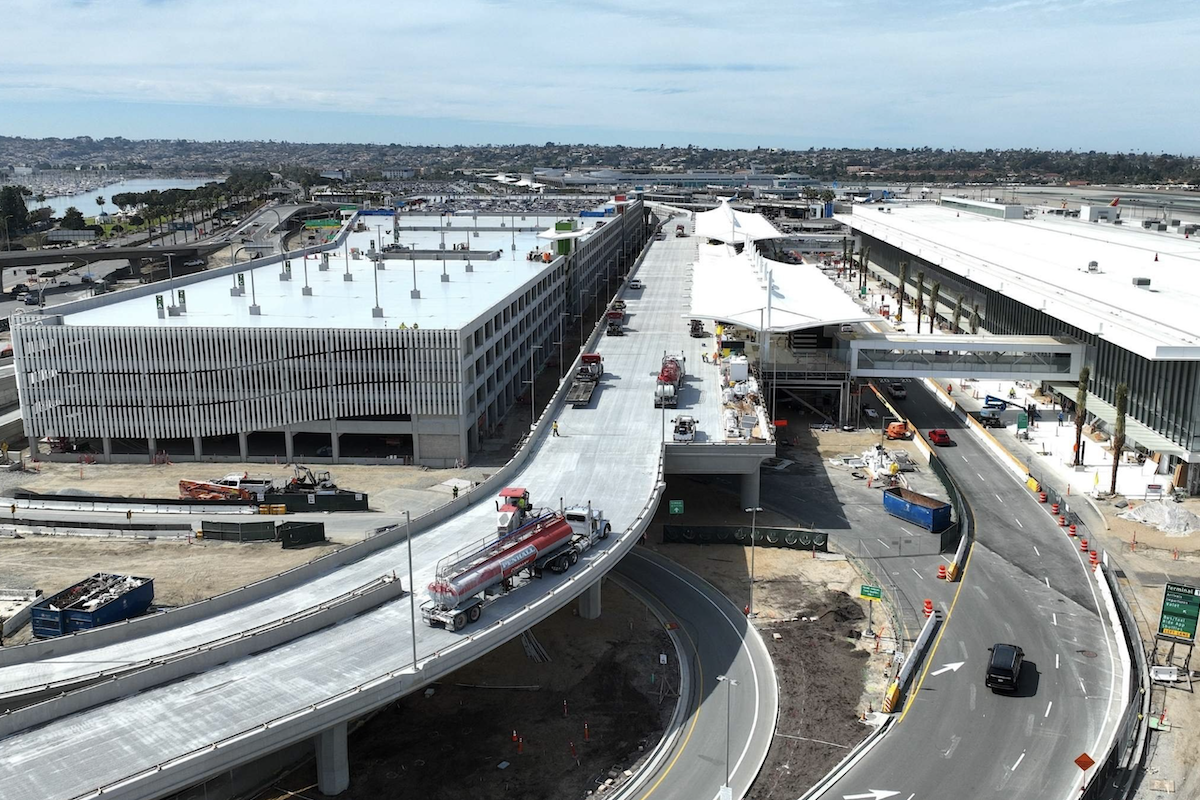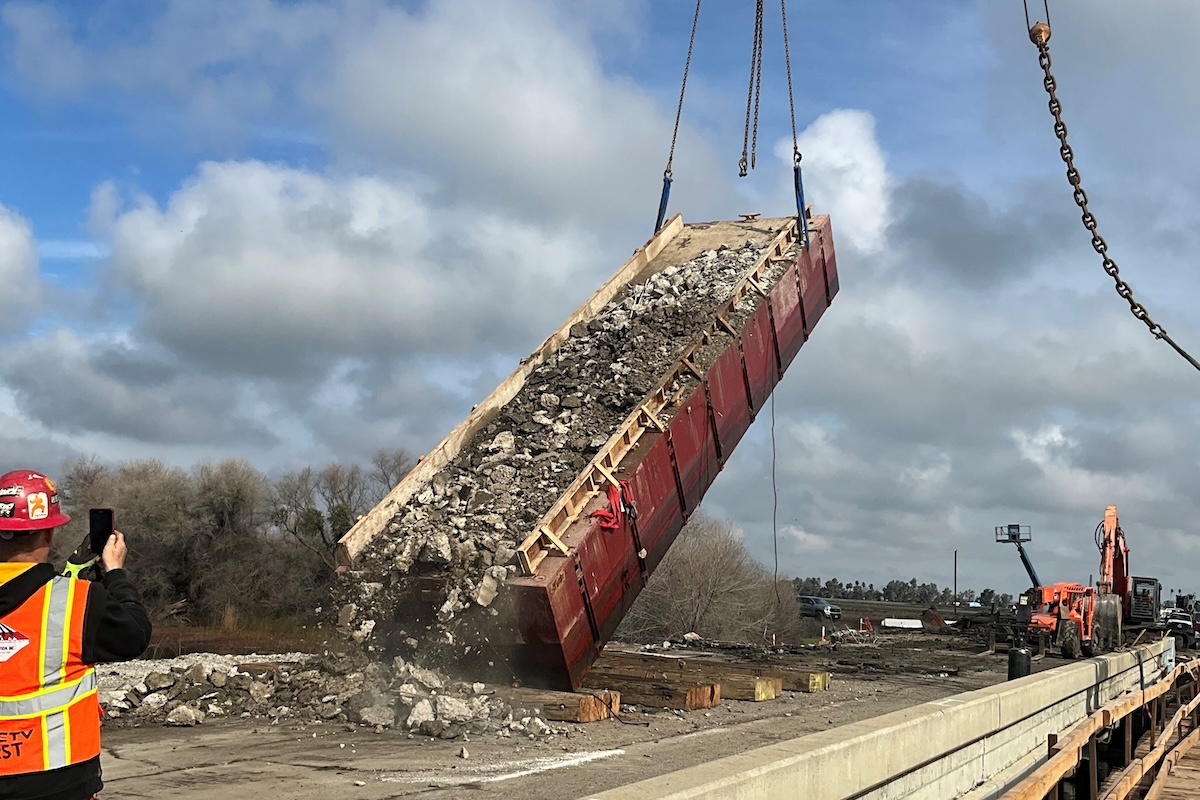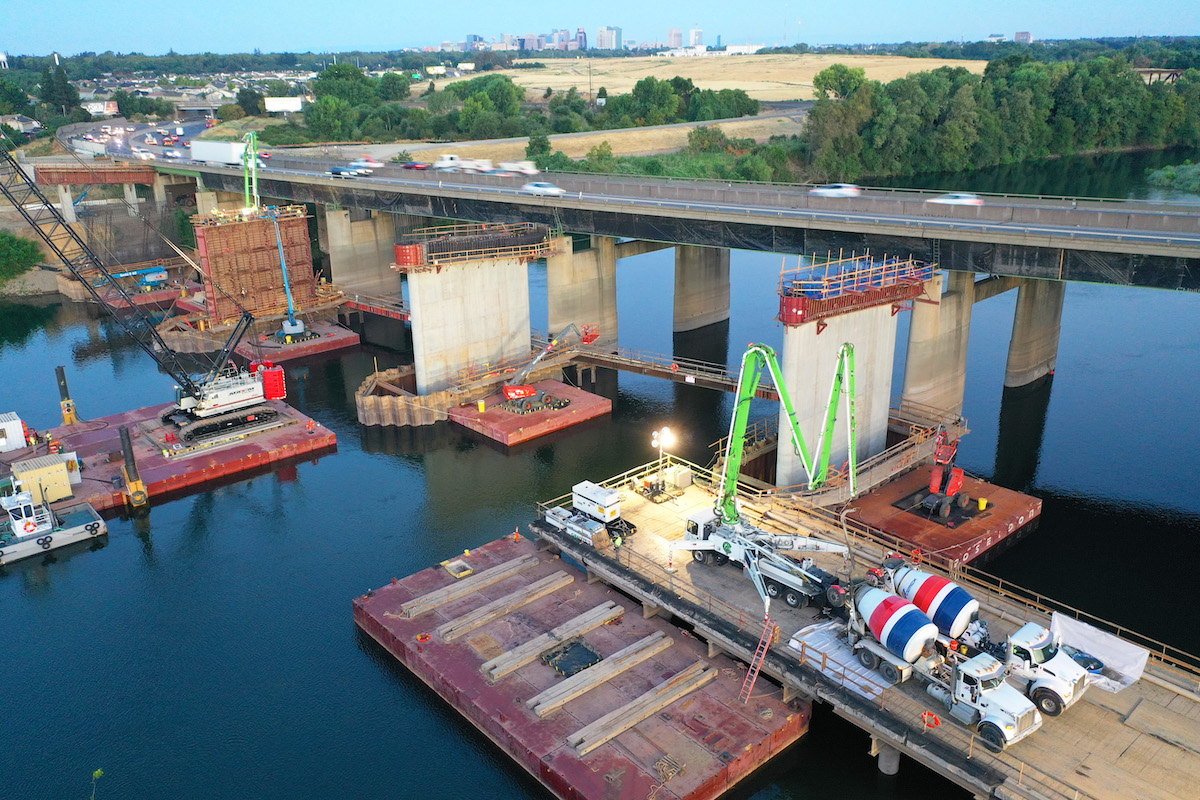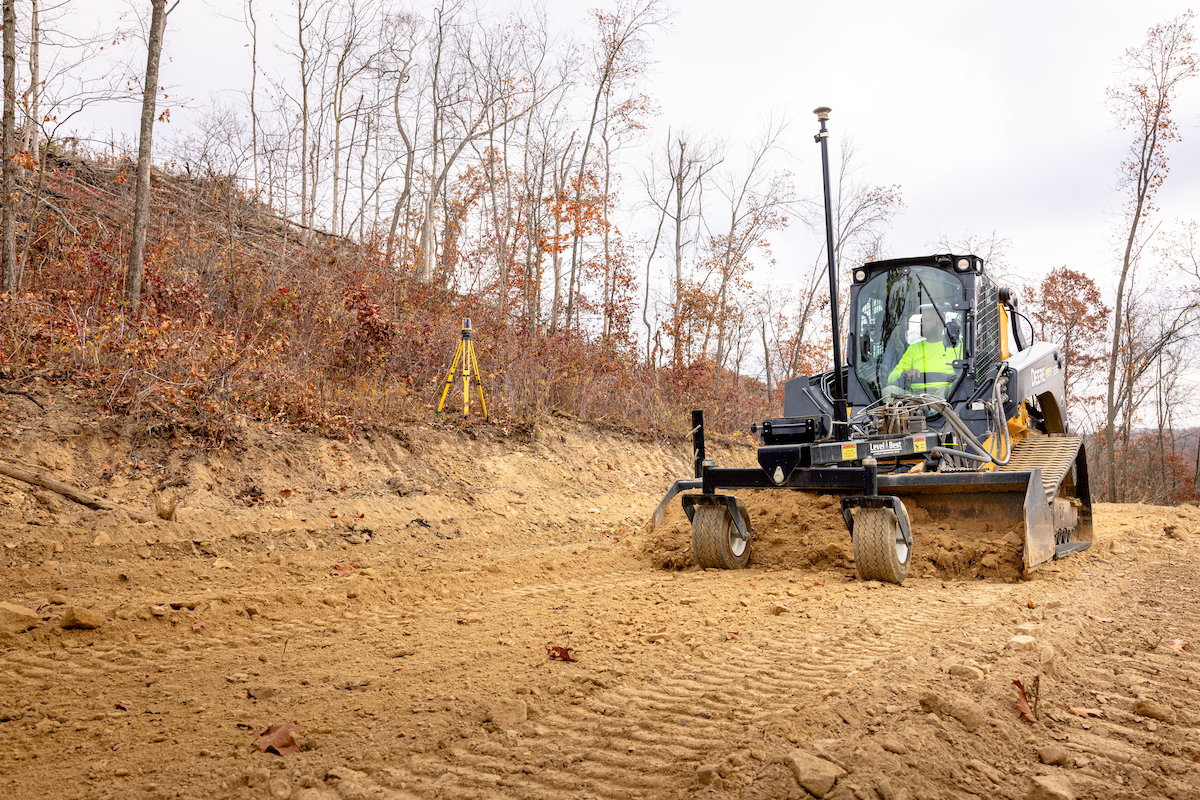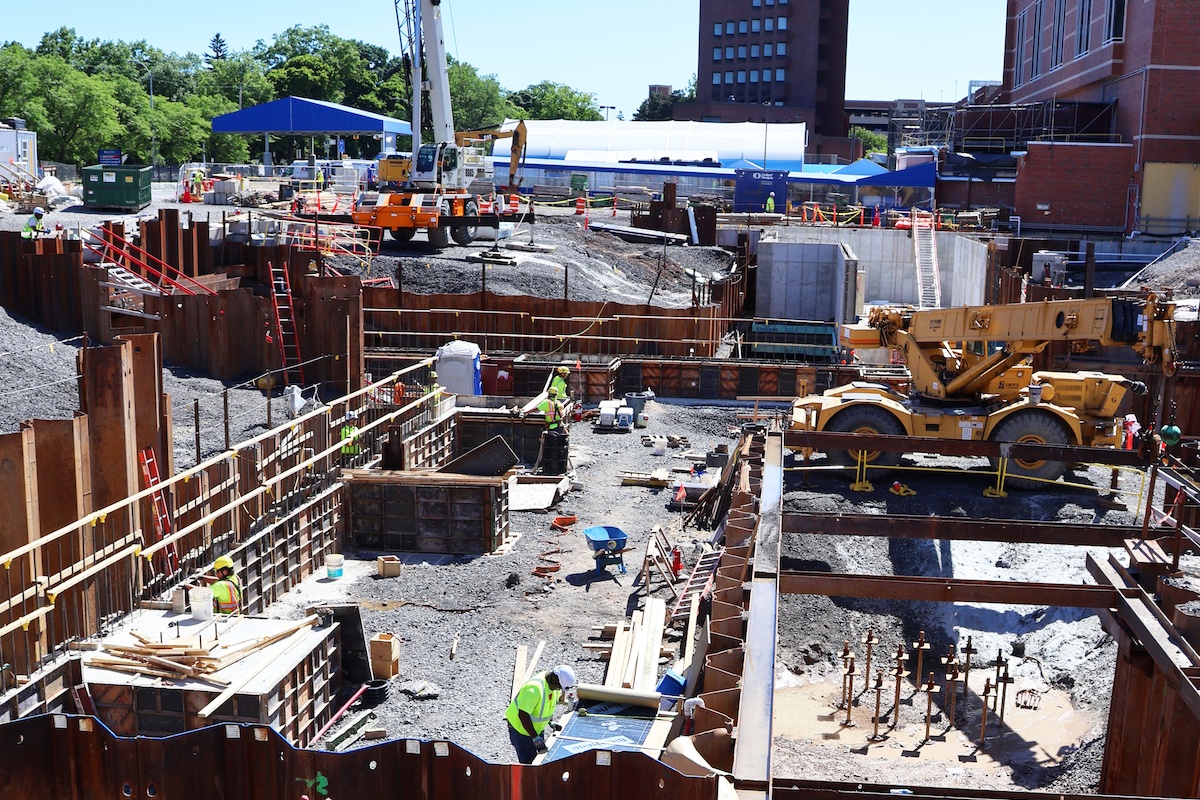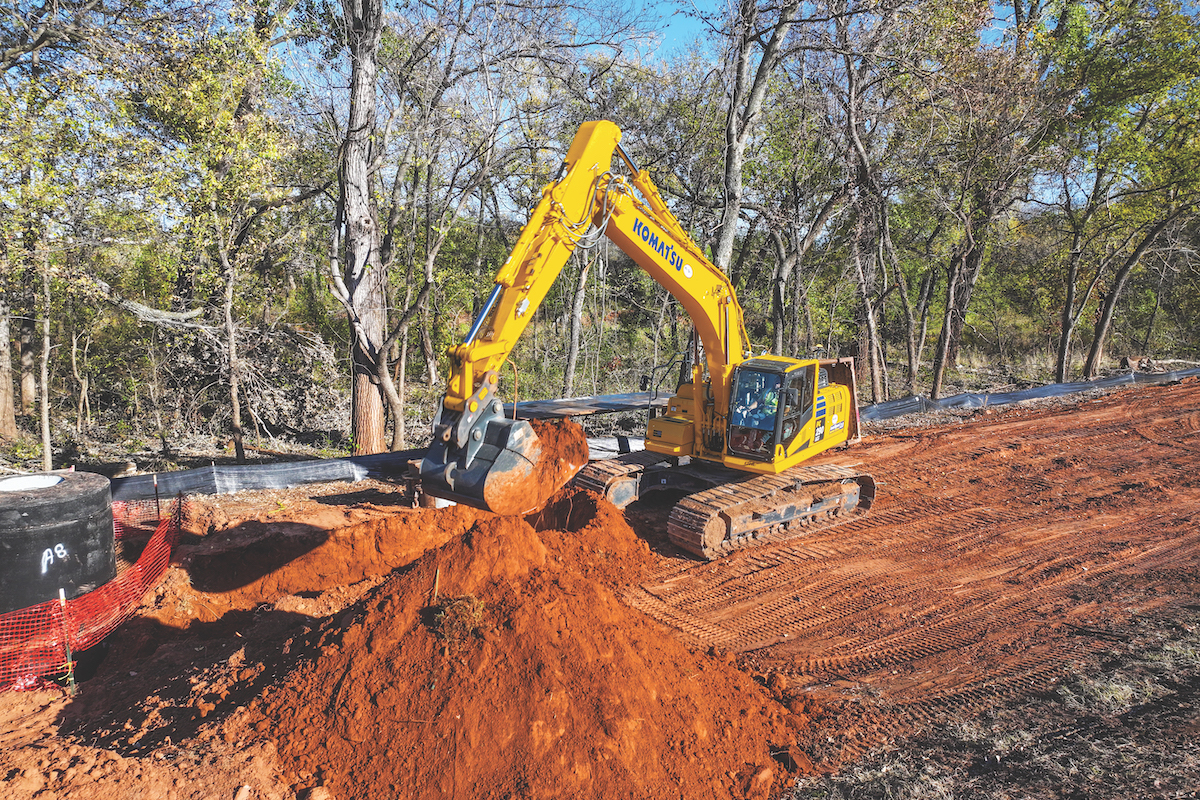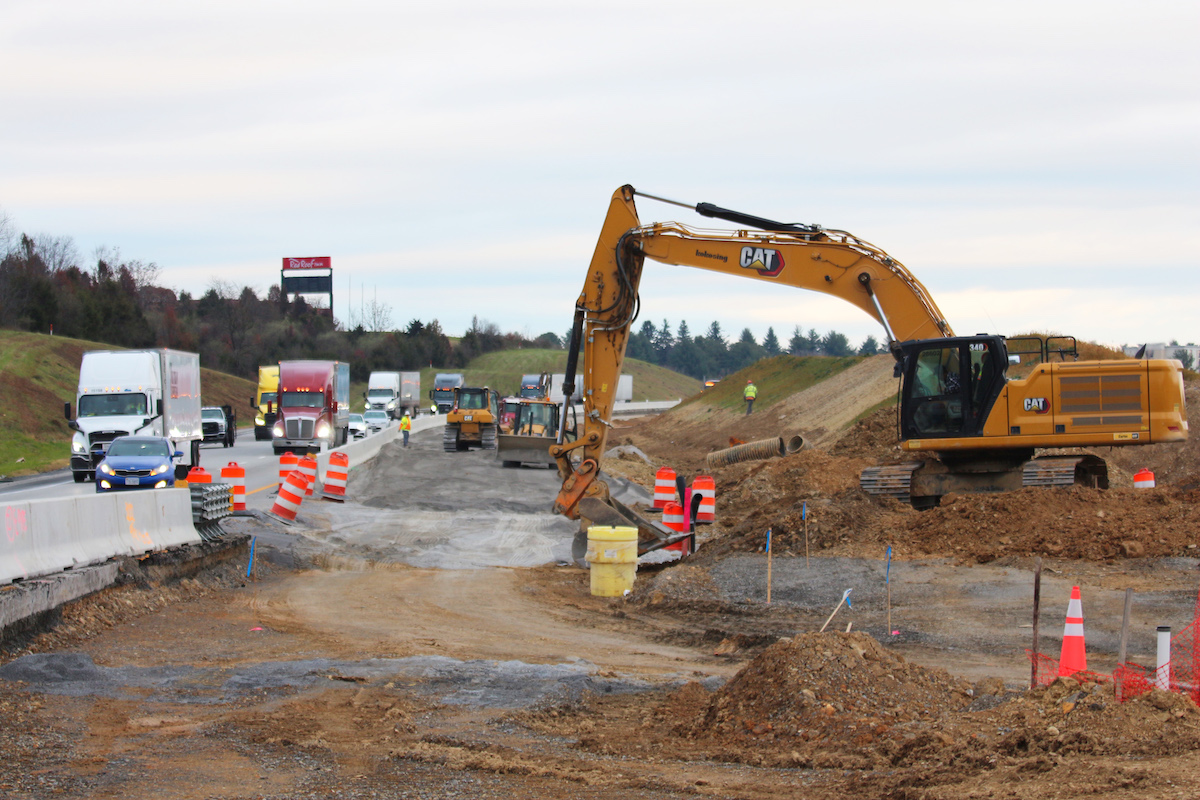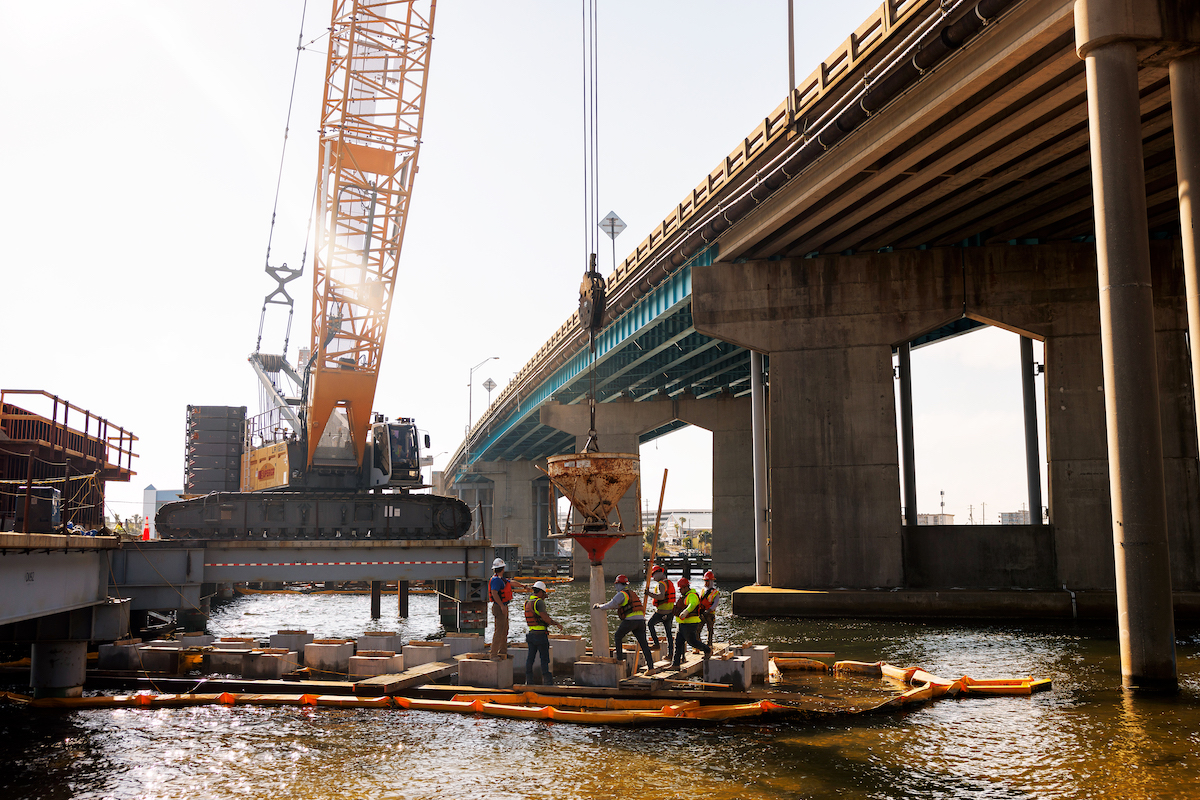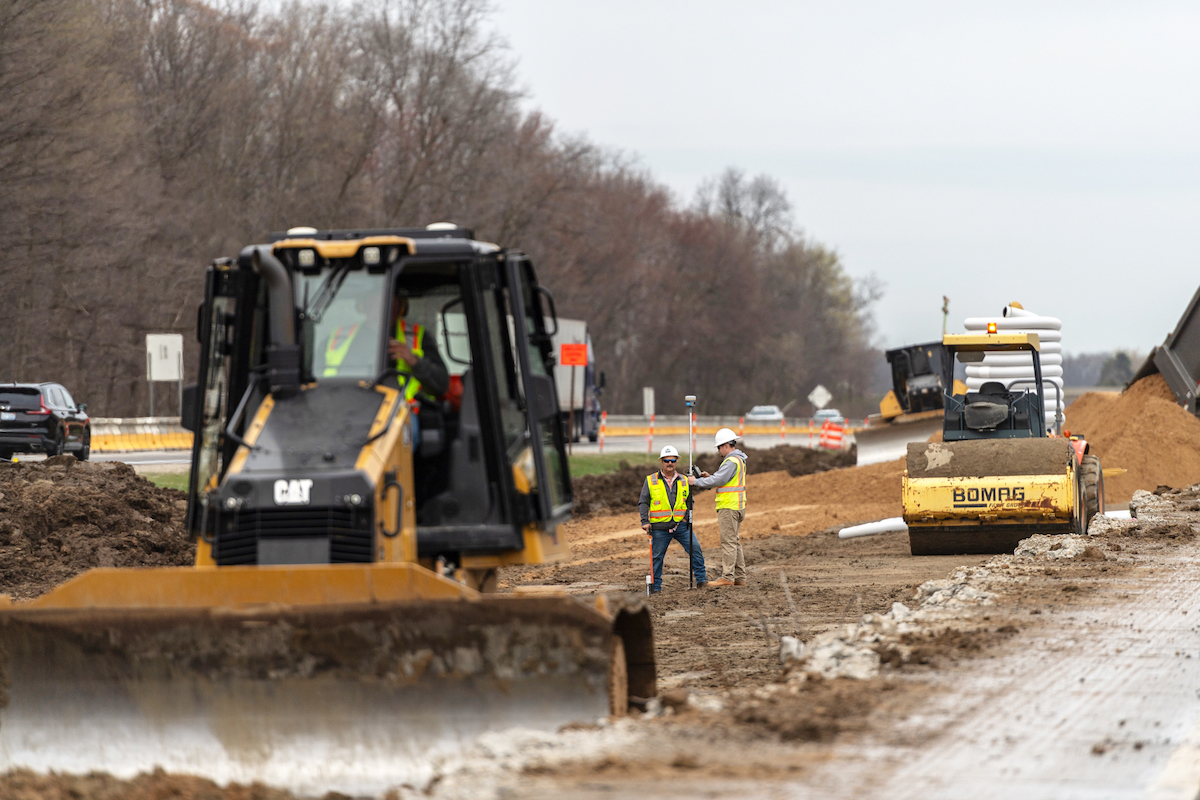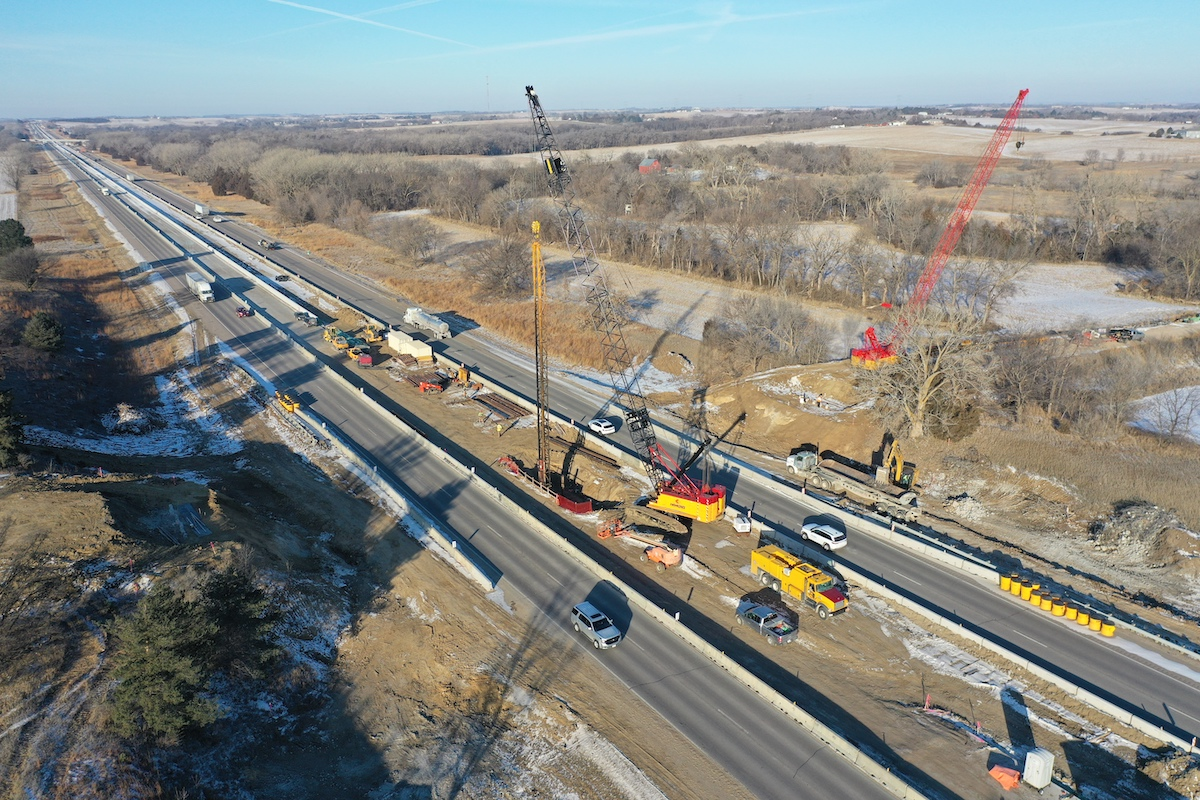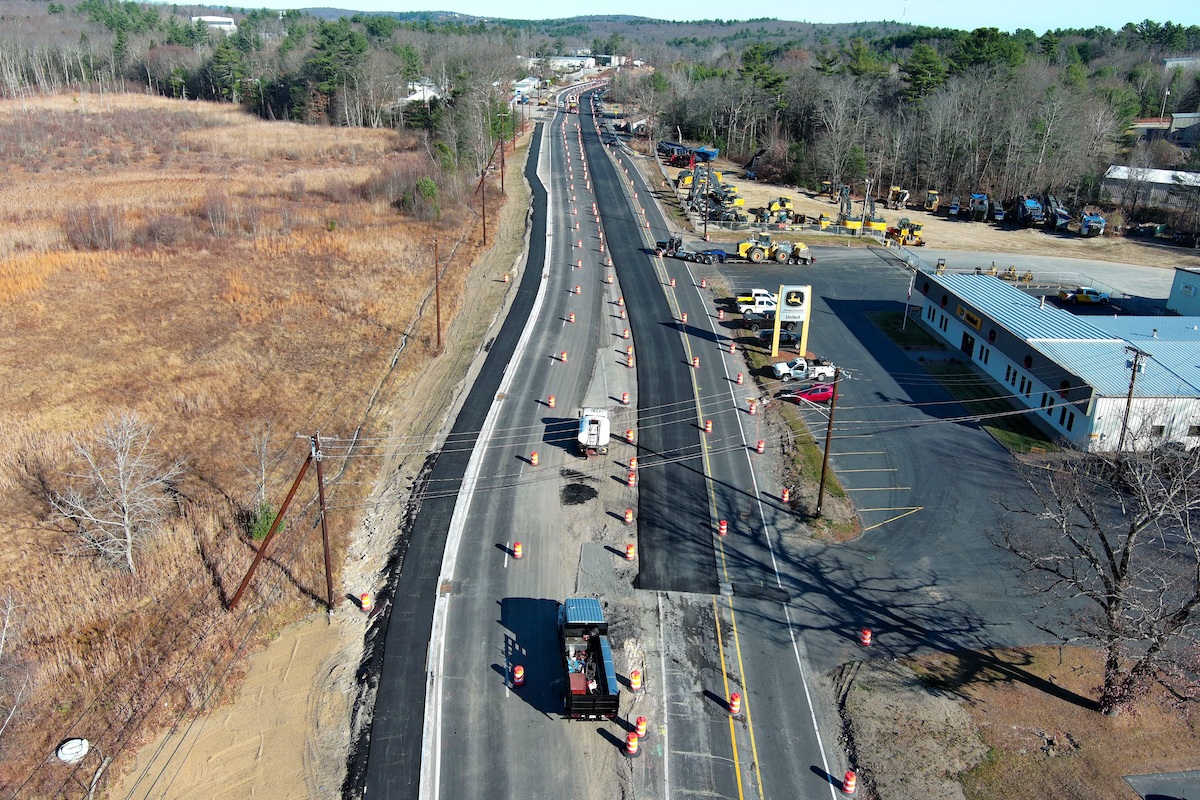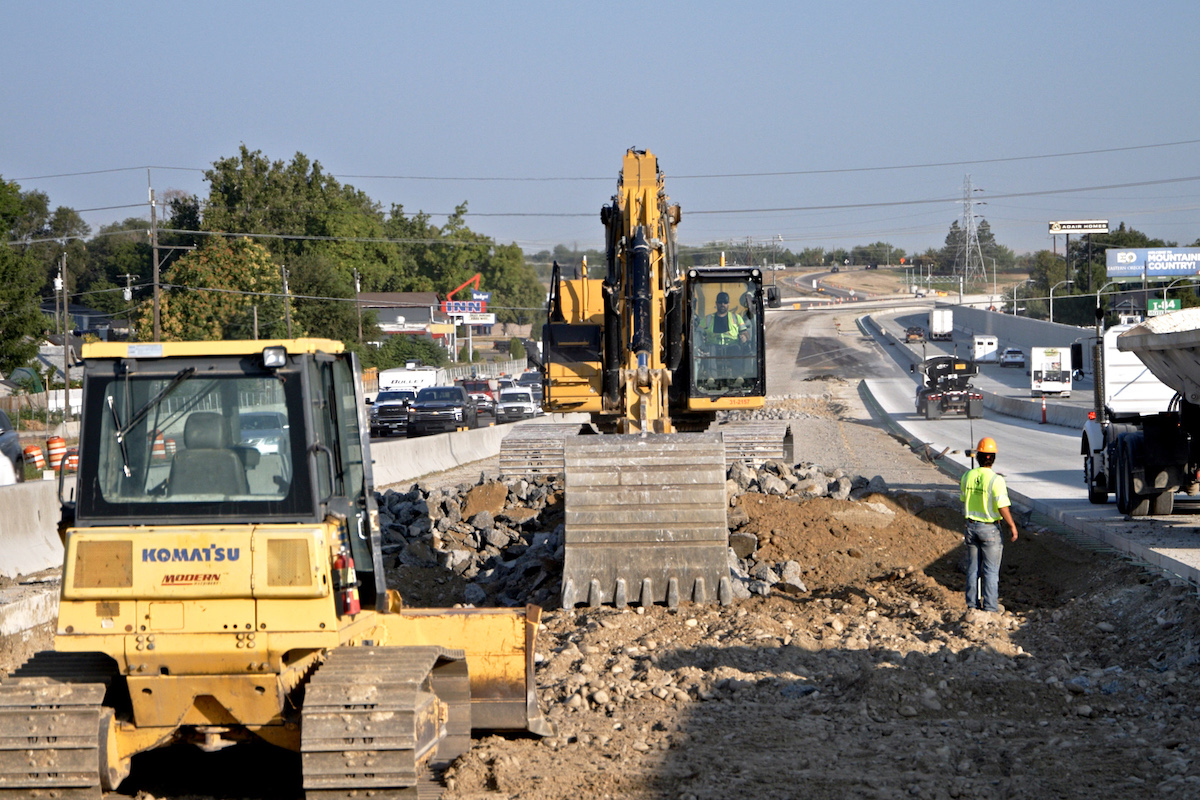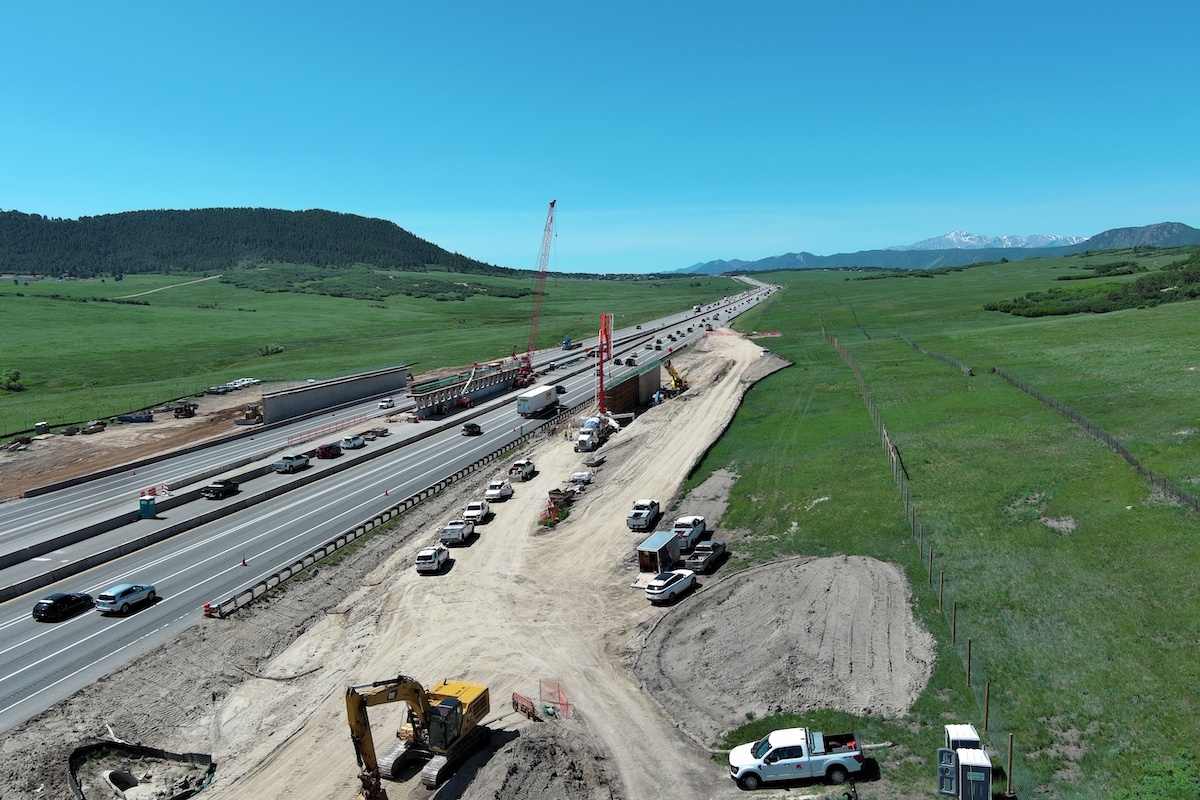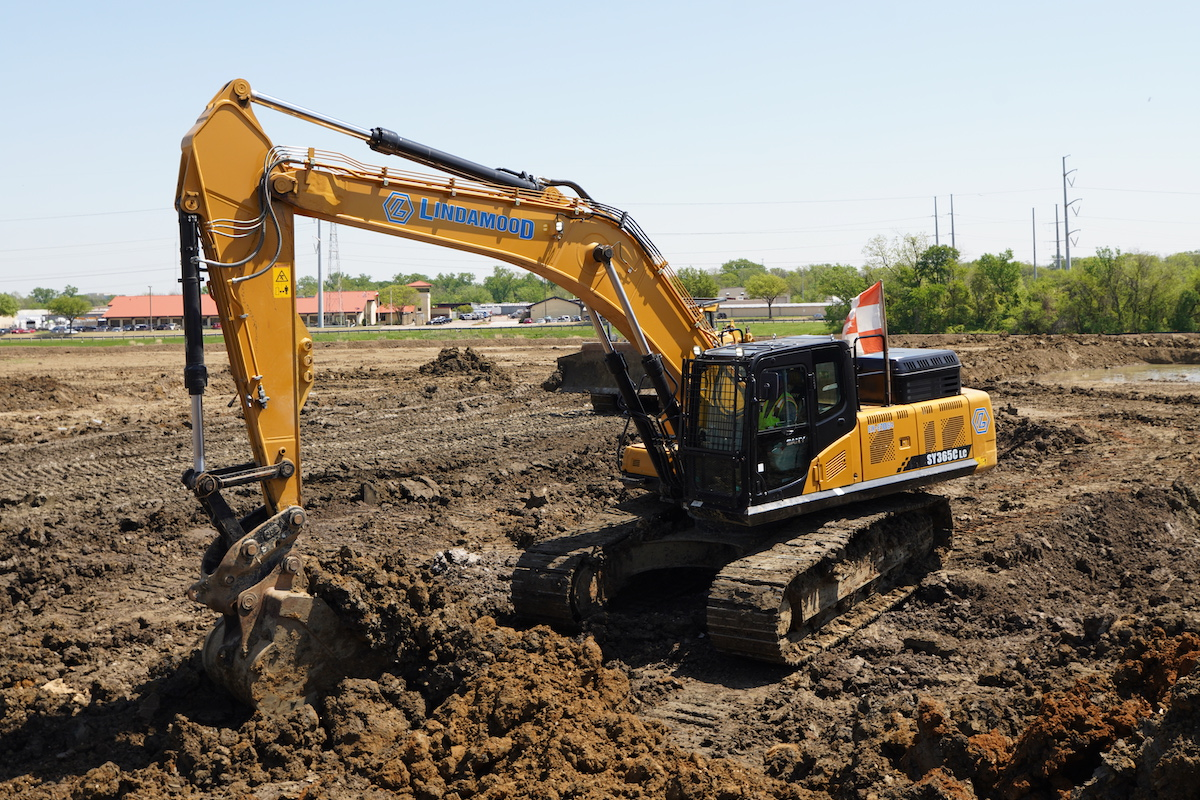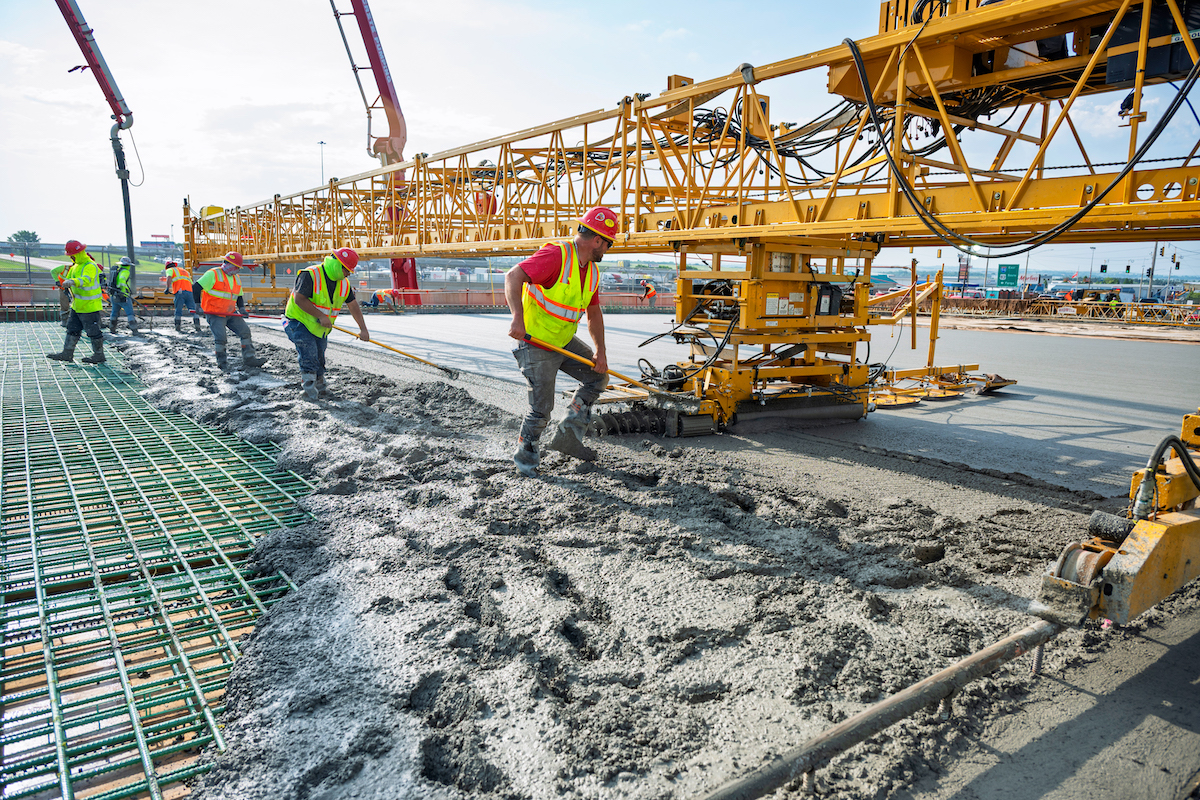MONTEREY COUNTY, CA — The U.S. Department of Transportation’s Federal Transit Administration (FTA) announces a $22.2 million construction grant award with Monterey-Salinas Transit (MST) to support the SURF! Busway and Bus Rapid Transit (BRT) project. Funded by the Bipartisan Infrastructure Law, MST will use the funding to build a 6-mile dedicated busway as a part of a 20-mile planned route that will connect Monterey to Salinas.
SURF!'s dedicated busway will run along a path replacing railroad rails, parallel to California Highway 1. SURF! riders will avoid sections of heavy traffic along Highway 1, saving riders up to 15 minutes of travel time.
In addition to the dedicated busway, the BRT project will include new stops serving Marina, Sand City, and Seaside, including a new multimodal mobility hub in the former Fort Ord redevelopment area, bicycle and pedestrian access improvements, and transit signal priority along part of the route.
SURF! will connect residents and visitors to recreational areas, including the region's beaches and Fort Ord Dunes State Park; Monterey Conference Center; new residential and commercial spaces; and medical and educational facilities along the line. It will also expand transit connectivity throughout Monterey County by linking two key existing transit hubs — Salinas Transit Center and Monterey Transit Plaza — and provide easier connections to California State University at Monterey Bay.
More than 26 percent of the workforce in the cities connected by the line will live within a half mile of a SURF! bus stop. With better transit connectivity and improved access to commercial and residential spaces, the SURF! BRT project is expected to generate 650 jobs.

| Your local Gomaco dealer |
|---|
| Terry Equipment |
SURF! will be MST's second BRT line. The total project is estimated to cost $100.5 million. Federal support for the project comes from FTA's Capital Investment Grants program, which helps communities implement transit projects.
The SURF! BRT line is expected to be in service by 2028.


